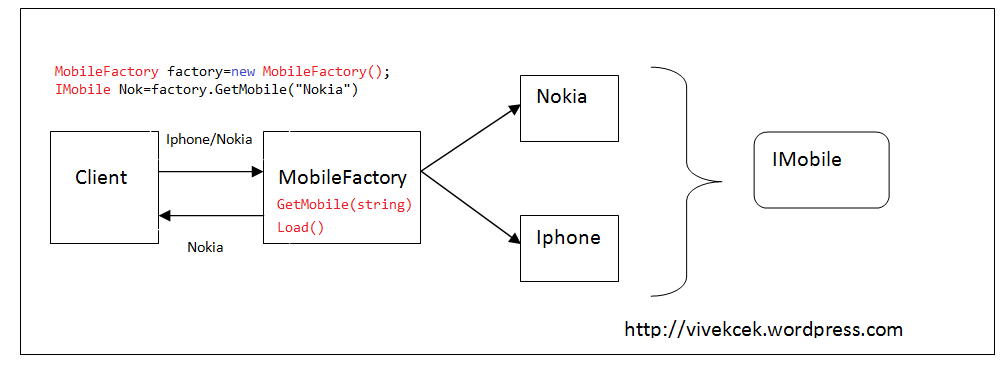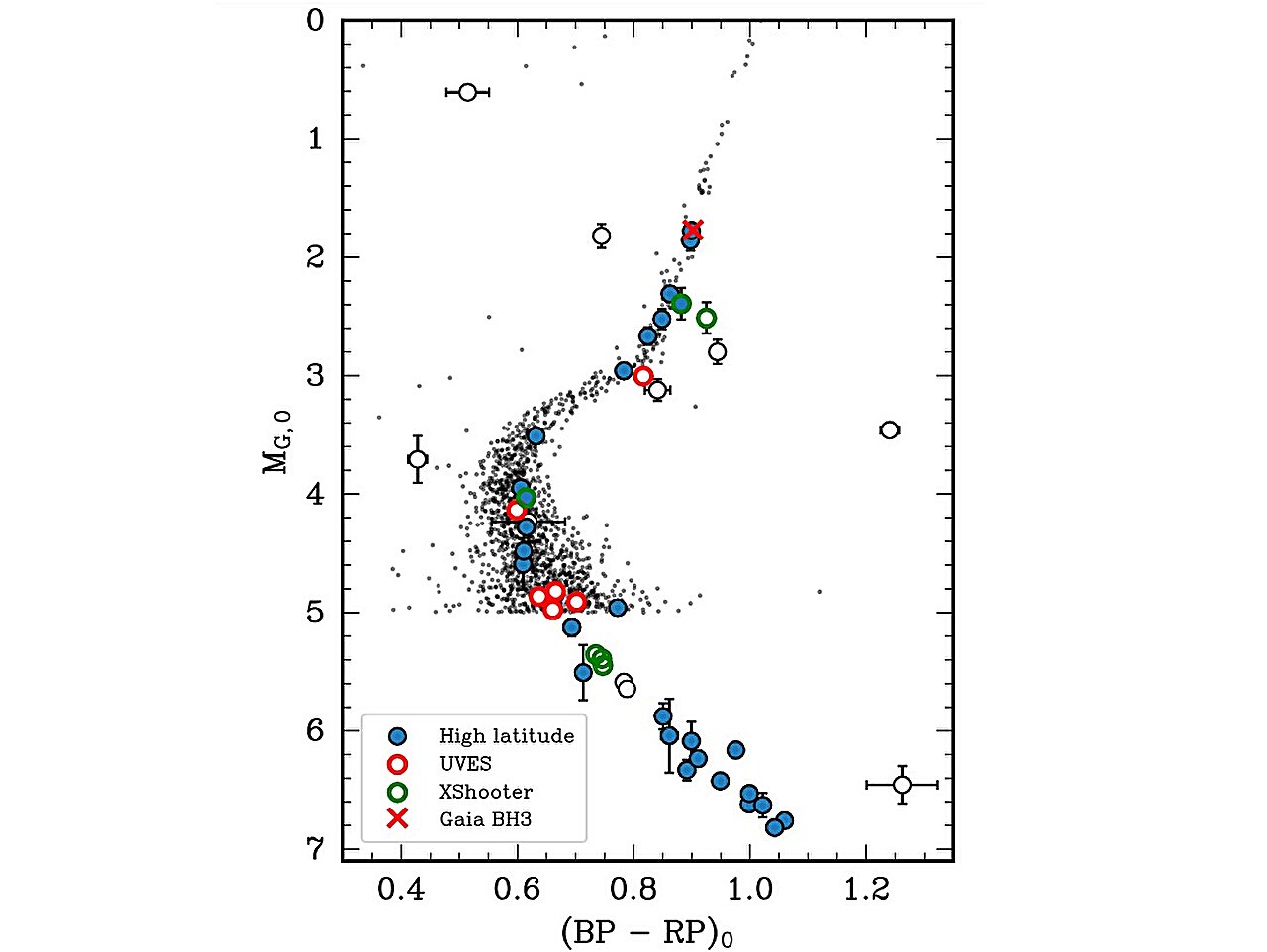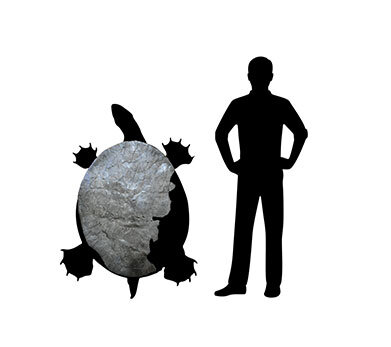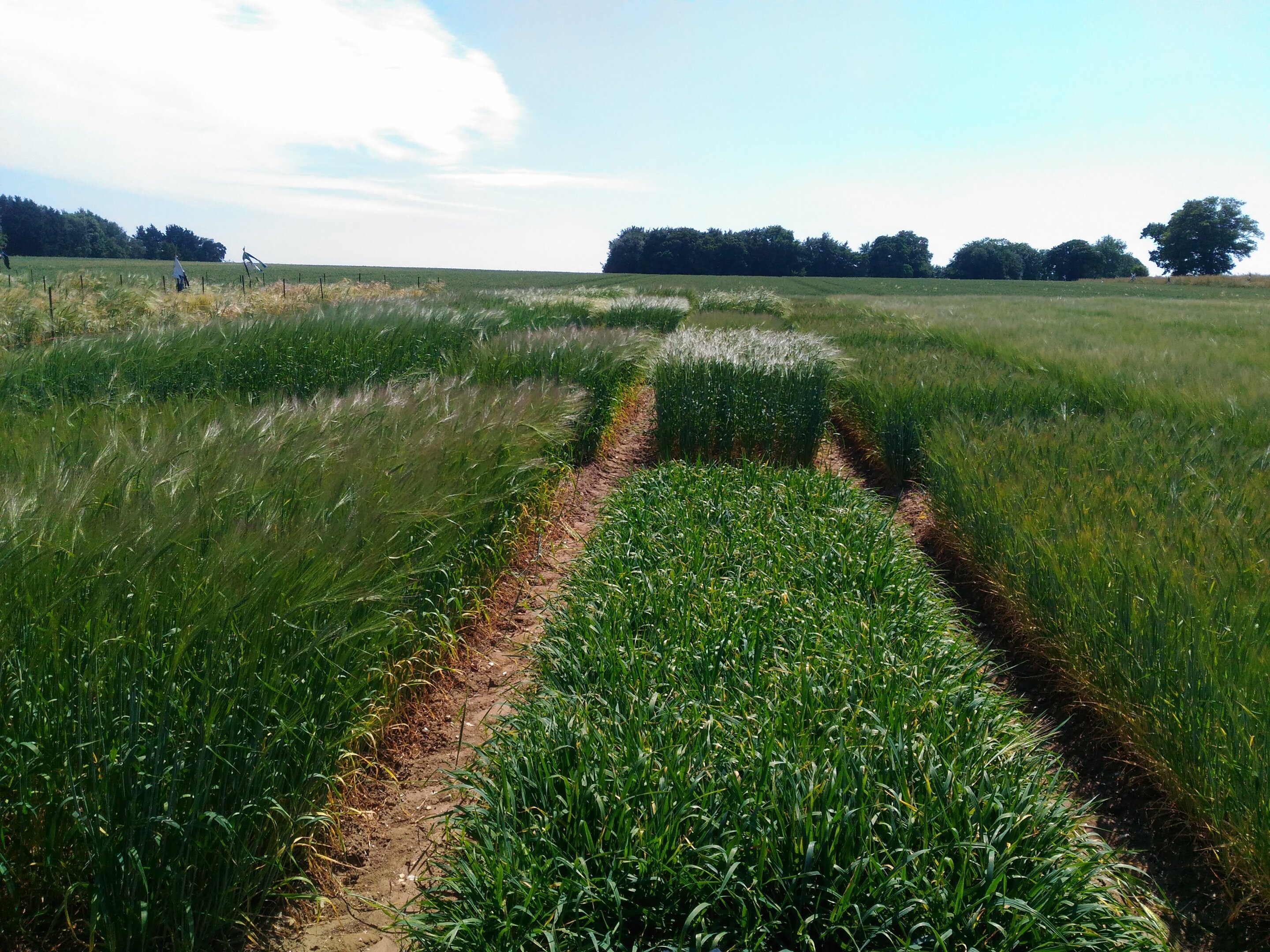Self-reflexive instance-naming – SAXIFRAGE – living patterns.
Some general phenomena are named after specific instances. For instance, a mondegreen is a misallocation of word boundaries, with “Lady Mondegreen” a misallocated variant of “laid him on the green”. Another example is the Baader-Meinhof effect, where something is encountered, apparently for the first time, then suddenly noticed everywhere. In 1994, a man called Terry Mullen wrote to a newspaper to describe his experience of frequency bias with the Marxist guerilla group. In a beautifully self-referential moment, this caused people to begin noticing the Baader-Meinhof effect everywhere! For our purposes, the most important example is the eggcorn: a semantically motivated mishearing, named for “eggcorn”, a cute but infelicitous rendition of “acorn”.
We can lump these under the general heading of “instance-naming” (distinct from synechdoches or metonyms where whole may stand for part as well as vice-versa). A few months ago, I set myself the challenge of self-reflexively naming the phenomenon after an instance, and became promptly stuck. How could I name it after an instance without getting confused with the original referent? And if I came up with a new term, how could it refer to an instance? It seemed impossible. I forgot about this puzzle until a plane flight last week, where lack of other amusements forced me to solve it.





















